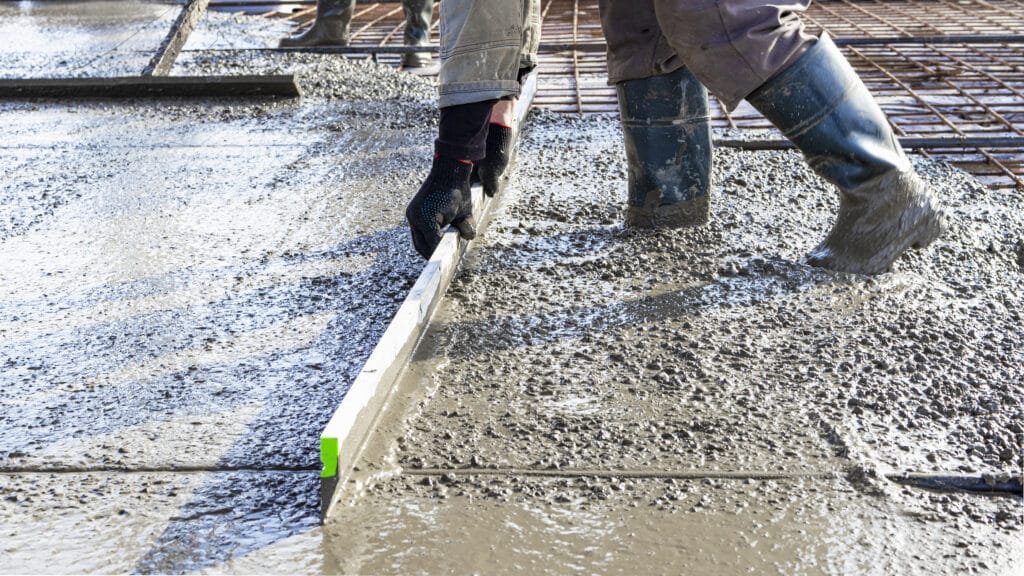Concrete is an essential material used in many structures, providing a durable base to support them and resist strong winds or hurricanes. Furthermore, its fireproof qualities help protect floors and buildings from collapsing during a fire.
Concrete is an eco-friendly material that can be produced using recycled industrial byproducts or waste material, lowering its carbon footprint while leaving minimal environmental repercussions.
It is a strong material
Concrete slabs Melbourne is one of the most versatile construction materials. It can be poured into molds to form various-shaped and-sized structures, and colored to enhance aesthetics or use stamps to imprint patterns or motifs before it sets. Concrete is one of the more economical construction materials available while still being very durable and low-maintenance; plus it stands up well against earthquakes, hurricanes, typhoons, and tornadoes!
Concrete is an inorganic compound composed of aggregates bound together by cement. Calcium silicate hydrate is the primary binder in concrete, and helps it withstand heat while its thermal properties make it an excellent fire-retardant material. Furthermore, its ability to reflect heat keeps buildings cooler and lowers energy usage thus saving money; additionally it reduces risks related to fire such as structural damage as well as prevents collapsing while not emitting volatile organic compounds (VOCs) harmful to both occupants and firefighters alike.
It is a durable material
Concrete has long been one of the go-to building materials, and for good reason. Not only is it durable, cost-effective and can be formed into many different shapes, but its soundproofing qualities help reduce noise transmission from outside into buildings.
As concrete’s strength and workability depend heavily on using an appropriate aggregate, choosing an aggregate with which can positively affect both can have significant effects. Free from soft particles or vegetable matter which could result in chemical reactions that weaken its strength further, fine versus coarse aggregates can often be distinguished easily in terms of size; typically smaller is finer while larger pieces would typically fall into coarse category.
Concrete consists of cement, water and aggregates; cement is produced using limestone – one of the most abundant rocks on Earth – meaning we should never run out. Recycling byproducts also helps keep costs down while improving environmental sustainability.
It is a versatile material
Concrete is one of the world’s most-utilized construction materials due to its strength and durability, energy-efficiency and sustainability advantages over competing materials.
Concrete can be formed into any desired shape and poured in place, reinforced to increase strength and durability and used to construct structures like dams. This material’s flexibility enables its creation as the building material for dams that need to withstand great amounts of pressure.
Concrete stands out as one of the more eco-friendly building materials due to its recycling ability, helping builders save money by cutting heating and cooling costs. Furthermore, its production doesn’t involve fossil fuels like some other building materials do – making it a cost-effective material to produce with readily available raw materials around the world that makes concrete an excellent choice for projects using eco-friendly materials.
It is a recyclable material
Concrete is a recyclable material and its constituent parts can be recycled to produce new concrete. This practice reduces the use of virgin raw materials that must be imported, cutting transportation costs as well as decreasing landfill waste production.
Concrete can be recycled for many different uses, including as an aggregate replacement in road building or as a protective barrier along shorelines. Furthermore, crushed and recycled concrete is frequently used as building material or subbase material in buildings or airfield pavements; additionally it’s commonly found used in gabion walls and as rip rap.
Recycled concrete is lighter than its fresh concrete counterpart, helping reduce costs and transport expenses. Furthermore, recycled concrete does not release toxic fumes when burned – making it an eco-friendly construction material and offering fireproof walls due to its ability to resist extreme levels of heat and flames.

